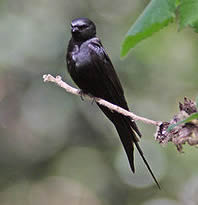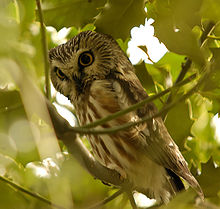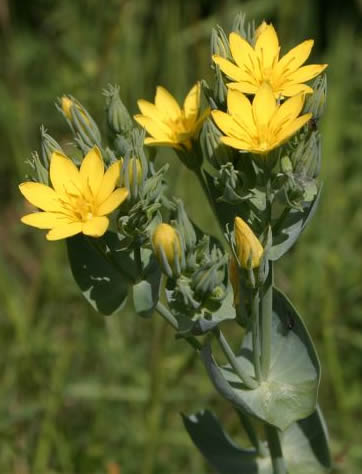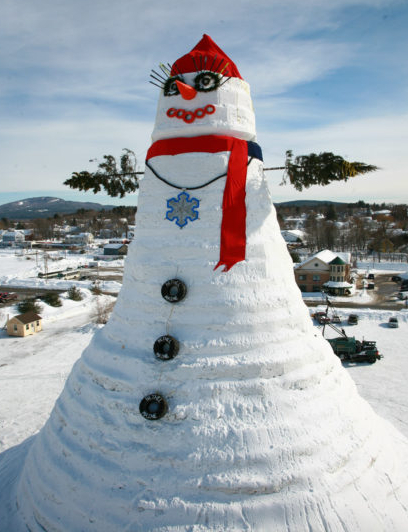WW
Here’s a collection of wildlife where, remarkably, a WW or W-W features in their names. (And I don' t mean in separate words, like willow warbler and yellow wagtail.)
Does a double-W crop up in English outside natural history? Not often, we suspect, putting aside the www of the worldwide web and other initials such as WWF. It must need a special kind of compound noun that wildlife names seem to prompt; yet we think this is the first time they've been collected together.
| Classically, it’s the wingless female glow-worm that glows from the underside of the abdomen, to attract the winged males. But also, according to www.glowworms.org.uk: “Larvae, however, have smaller light-emitting organs and can twinkle briefly. Male glow worms have the same ability, but it is rare to see them glow.” They are beetles, not worms, despite the name. |
Glow-worm (Chris Gibson) |
Swallow-wort in the French Pyrenees |
Swallow-wort Vincetoxicum hirundinaria is found throughout much of Europe and is often quite common in France, yet is absent from the UK. Like other members of the milkweed family, it is poisonous, so ‘toxic’ in Vincetoxicum reminds you that you shouldn’t swallow it. Yet hirundinaria also invokes swallow the bird, a hirundine. |
Everyone knows the slow-worm as a legless lizard, though few of us see it other than rarely. An exception is Honeyguider Stan Lovett, who can see them almost any time when they are not hibernating simply by lifting one of several sheets of corrugated iron placed to encourage them in his Salisbury garden. Slow-worms (Stan Lovett) |
Sawwort is a knapweed-like composite of old grassland. The name comes from the saw-toothed leaves. Sawwort (Chris Gibson) |
Yellowwoods are trees from the native Afromontane forest in South Africa. Sometimes the spectacular specimens known as ‘big trees’ become a draw for visitors and have cultural as well as biological value. On our Garden Route holiday we found both Outeniqua yellowwood Podocarpus falcatus and Real yellowwood Podocarpus latifolius. Outeniqua yellowwood, South Africa's Garden Route |
Saw-wing swallows are a group of African hirundines. Somehow I forgot this w-w when I first prepared this page, despite having seen several black saw-wings on Honeyguide's holiday in the Garden Route and Addo Elephant NP in 2009. |
Northern saw-whet owl. This North American species was suggested by a BBC Radio Norfolk listener. when I asked for ww ideas. So far as I know, there isn't a southern saw-whet owl. Northern saw-whet owl (photo from Wikipedia). |
Back to nature notes . . . . . . . . . . . . . . . . . . . . . . Chris Durdin, October 2010
Photos by Chris Gibson, Stan Lovett and Chris Durdin (and, right, from www.bethelmainesnowwoman.com) ... "At 113'7" tall, the World's Tallest Snowman was created in Bethel, Maine, in 1999. In 2008, the community set another world record... building the World's Tallest Snowwoman at 122'12."





